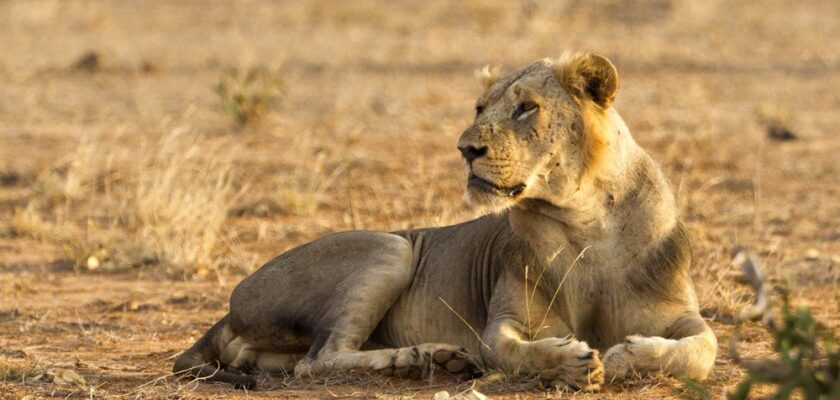Tsavo National Park
After a very long bus ride over rough roads, the endless expanse of dry grasslands and dark red clay soil make an unforgettable impression on the traveler entering the boundaries of Tsavo National Park.
Tsavo National Park is one of the largest national parks in the world, with an area of 21,000 square kilometers, it is larger than Israel together with the Palestinian territories! It is located between the city of Nairobi and the eastern coast of Kenya.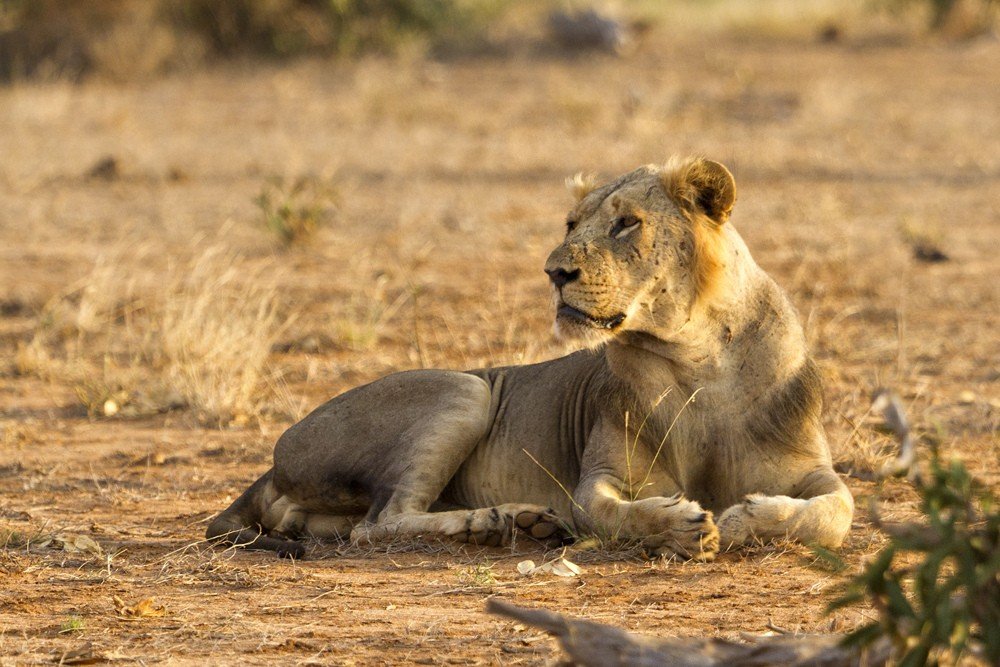
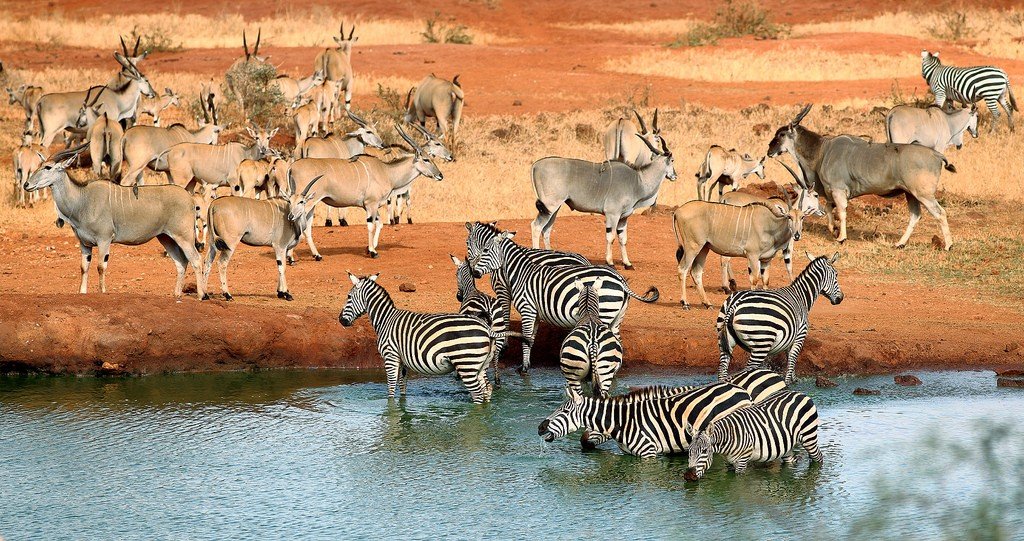
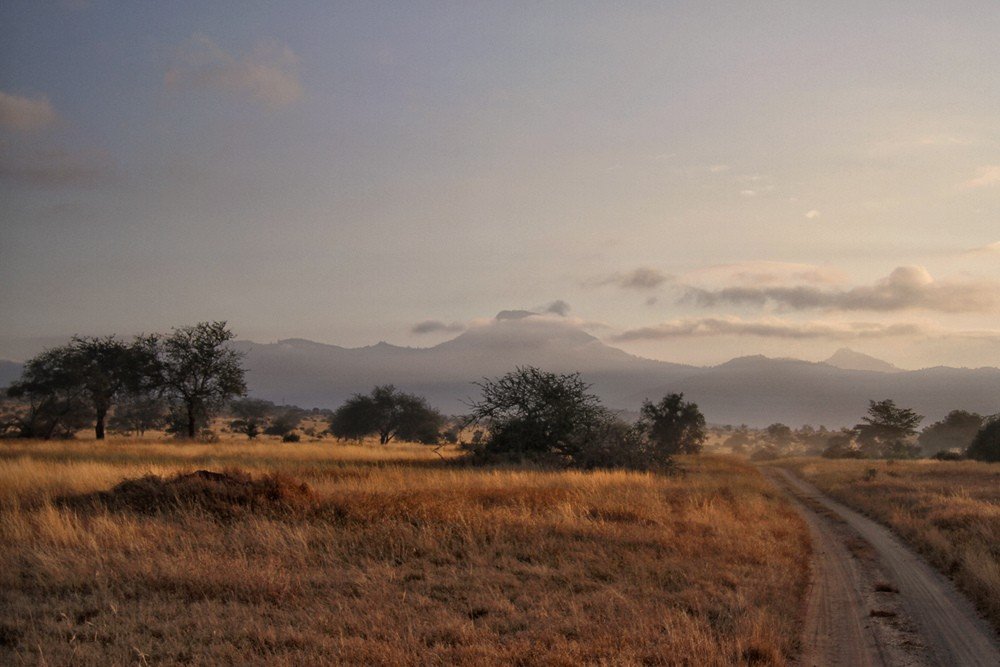
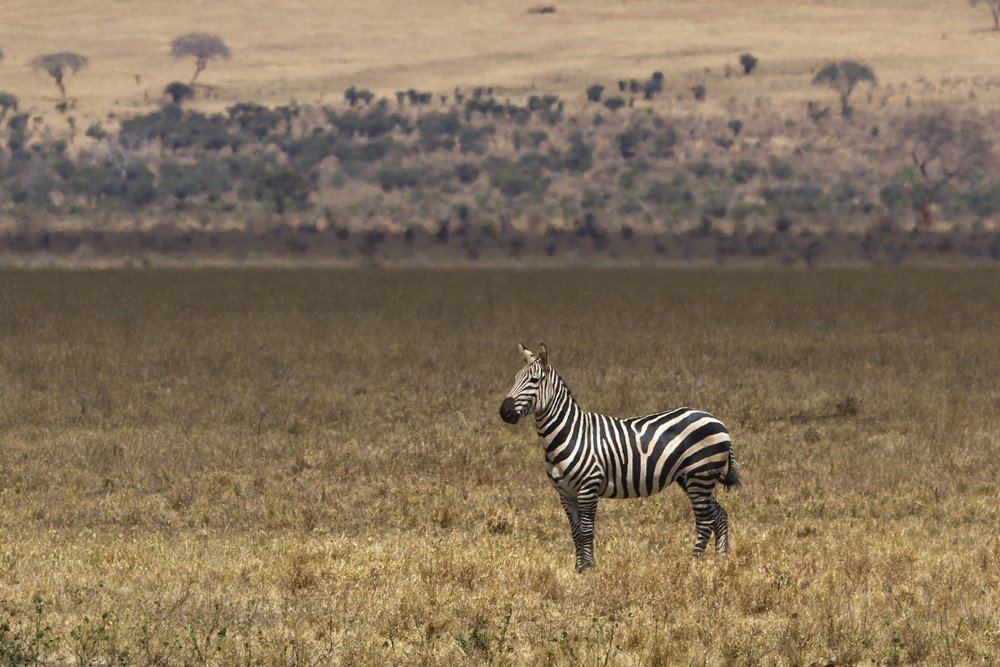
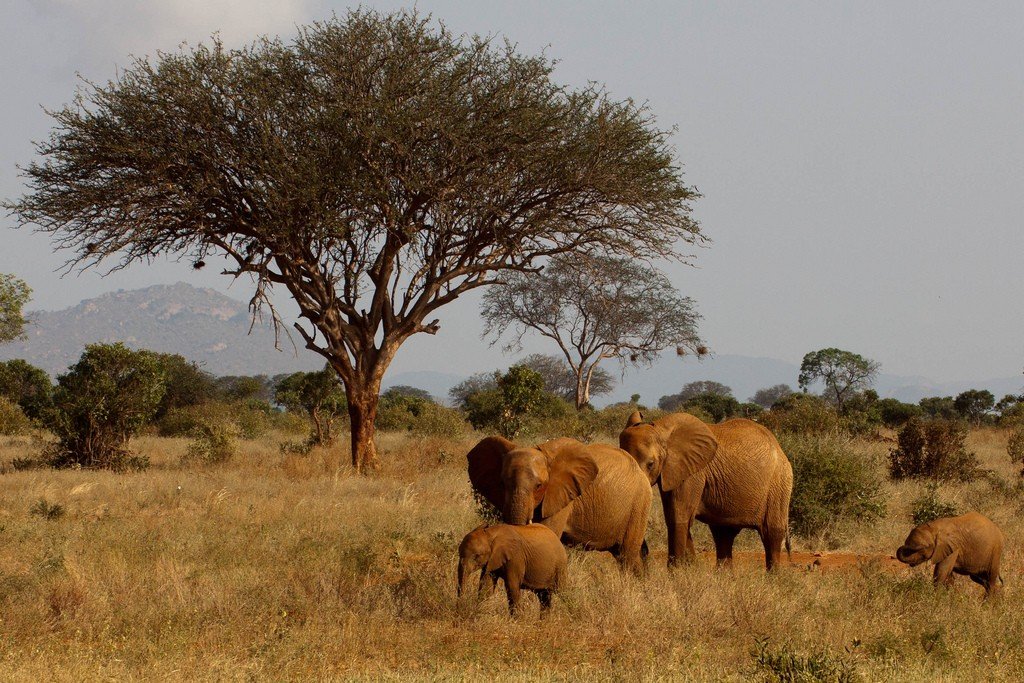
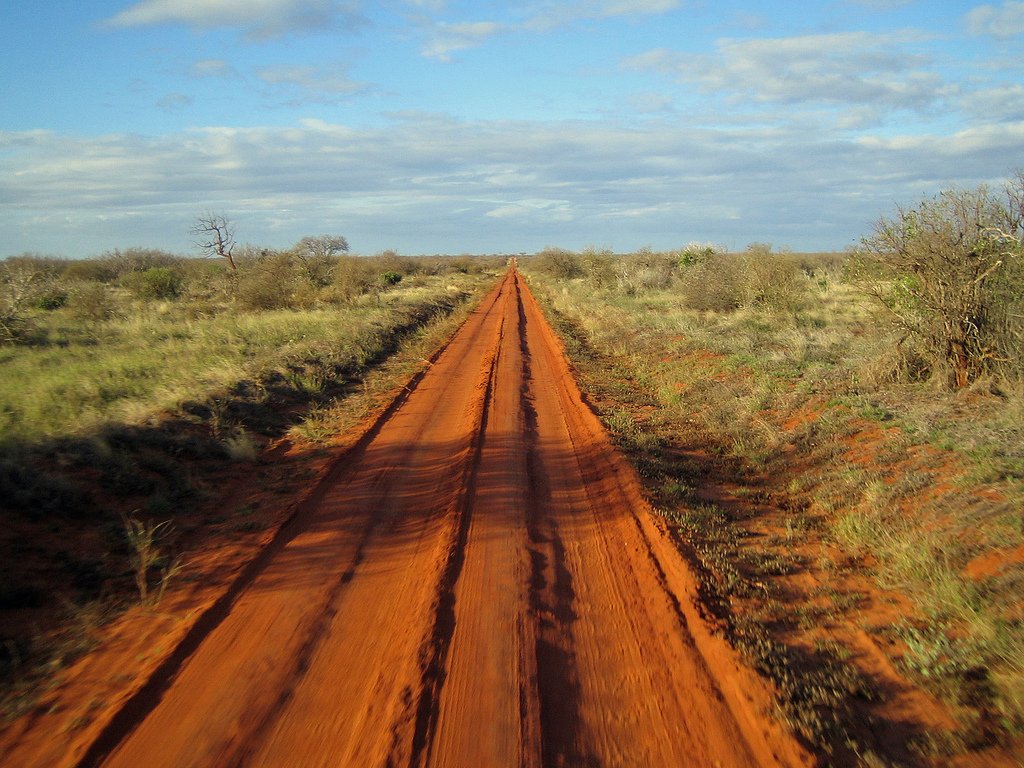
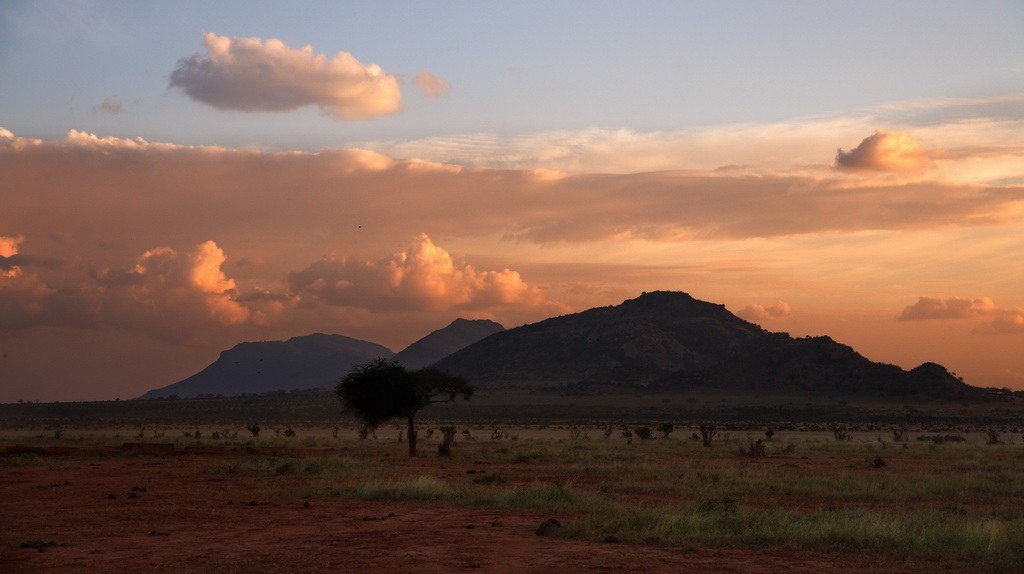

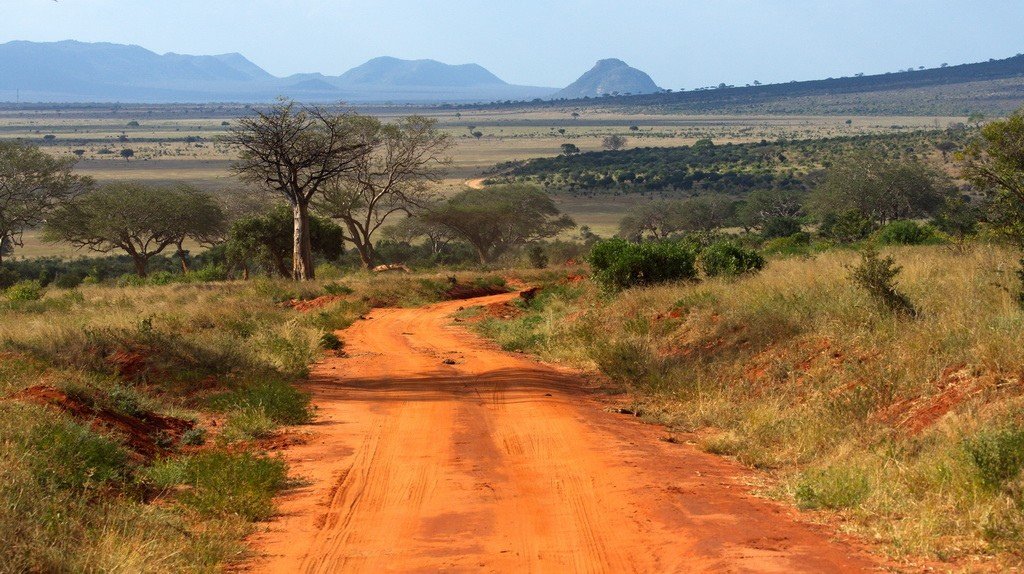
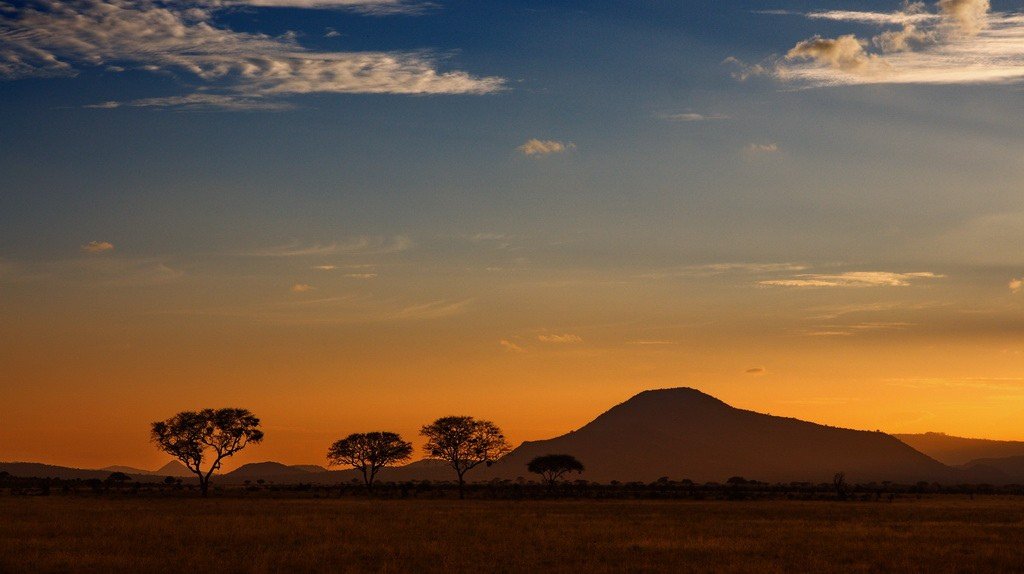
General Information
The park is divided into two zones, Tsavo East and Tsavo West. It is the largest national park in Kenya, home to large mammals, one of the largest in the world, one of the most popular safari destinations in Africa.
Tsavo National Park
.Tsavo National Park is home to many elephants and lions and offers a stunning variety of animals that manage to survive in the harsh volcanic landscape, including some of the “big five” animals. From the hotel, the former home of a sisal plantation owner, guests dining by candlelight can view the elephants through huge floor-to-ceiling windows. In the hotel’s garden there is a pond where elephants and other animals come to drink water without fear. It is impossible to forget the different animals in the dim light of a flashlight at night, when they come right to the doorstep of the grass-covered hut, set on high stilts.
.Tsavo East is less visited, only the southern part of the park below the Galana River is open. Elephants can be seen here, except during the wettest months – in May, June and November the large animals leave here. Hippos, lions and herds of zebras can also be seen in the park. Not far from Lugarda Falls is the Black Rhino Reserve, established to preserve the population, which has been reduced to 50 individuals due to poaching.
.Tsavo West is smaller, but it too is teeming with flora and fauna, with 70 species of mammals living there.
.On the 70 meter wide river you can watch Nile crocodiles, as well as hippos, plains zebras and gazelles – they come for watering, and in the thickets of “fever trees” you can hear the cries of blue (crowned) and green monkeys.
.If you’re in Tsavo, don’t forget to check out Lugarda Falls, where water foams at the tips of incredible rock formations, as well as the natural volcanic springs of Mzima, where 50 million gallons of pure sparkling water gushes out every day.
.The border between western and eastern Tsavo is formed by Kenya’s main highway, the A109, which connects the country’s major cities. When you drive from Nairobi to Mombasa or back, you drive along the park boundaries for about 170 kilometers! The main gates of both Tsavo are tied to the highway (exits to the park unpaved roads are signposted, as are intersections in protected areas). The town of Mtito Andei, 233km south of Nairobi, is considered the “capital” of Western Tsavo, with a main gate and Safaricard office (+254-043-30049, +254-0726-662928; adults/children $65/30). Mtito Andei is exactly midway between Nairobi and Mombasa, so even trains stop there – the railroad runs parallel to the highway. Buses towards Mombasa leave from River Road between 8.00 and 22.30. The fare to Mtito will cost no more than Sh500, but the main difficulties begin on the ground.
.
Although the nearest park campsites and hotels are 10-12 km away from the town, it is very difficult to find inexpensive transportation: most visitors go to Tsavo in the cars of tour companies or rent cars in big cities. You will have to search for a car in Mtito Andei, and you will hardly be able to save money this way. The main attraction of the village is Tsavo Inn with a gate in the form of crossed elephant tusks (second left turn after entering the village, +254-020622450/1). The establishment has been around for half a century, and tour groups from Nairobi often stop there for lunch.
.
Tsavo East headquarters is in Voi (Voi. + 254-0710831447, there is a Safaricard charging point), the largest settlement on the Nairobi-Mombasa highway. Like all small towns on the world’s big roads, Voi and Mtito Andei require vigilance. If you take a bus from Nairobi to Mombasa, you will come across the Manyani Gate sign before you reach Voi, 25 km away. The main gate (Voi Gate) is located at the entrance to Voi, about 5 km from the city center. Finally, 45 km south of Voi, closer to Mombasa, close to the highway is Buchuma Gate. Tsavo East is even larger than Tsavo West, and has even worse transportation.
.Safarilink (www.flysafarilink.com) flies twice daily to Tsavo West from Wilson Airport in Nairobi, tickets from $155.
.In 1898, the railroad reached the Tsavo River Valley near the village of the same name on the border of today’s parks. Suddenly the progress of the work was disrupted by the disappearance of several people – as it turned out, they had been kidnapped by an ogre lion. Soon it turned out that two beasts were roaming around the camp – they were huge males, three meters long, with clean manes. By the fall of 1898, they had managed to devour so many people that the Indians refused to work. It was not until December 1898 that the site manager, John Patterson, managed to kill first one and then a second lion. The engineer claimed that 135 people were their prey. In reality, the number of victims could have been less: hunters, like fishermen, like to make up stories. The story of the Tsavo cannibals is the subject of the movie “Ghost and Darkness” (1996). In 1909, Theodore Roosevelt’s African adventures began in Tsavo. From 1914 to 1915, there was a guerrilla war in the territory of Western Tsavo: the Germans sent here detachments to undermine the railroad. After 1948, when the present national parks came into being, hunters were evicted from Tsavo and now the only threat to the fauna comes from poachers.
.
Most of the year (except April-May and October-November) Tsavo has dry, hot weather. During this time, animals flock to rivers and reservoirs surrounded by so-called gallery forests. Tsavo is home to Kenya’s largest population of savannah elephant – about 7,000 individuals! It likes to slather itself with liquid red clay, for which it is often referred to as the Red elephant. There are also buffalo, antelope, lions and leopards, as well as hippos and Nile crocodiles near the water. Rhinos are rare and specially protected in the Ngulia Rhino Sanctuary. This place in Western Tsavo is also known as a resting place for migratory birds (late Sept.-Nov.). To the south of Ngulia are the Kitchwa Tembo Mountains (180-300m) and to the northwest is an area of spectacular volcanic formations including granite cliffs and the Chaimu crater. Kichwa Tembo is open to rock climbing, but only with a KWS permit, which can be obtained through the Kenya Mountain Club (ww.mck.or.ke).
.Mzima Springs in Tsavo West, 45 km south of Mtito Andei, produces 220 million liters of water per day. The purest water is stored in the Chyulu Hills 50km north and seeps underground for about 25 years before bursting to the surface at Tsavo. Tsavo East is even richer in natural wildlife. Along the A109 highway from northwest to southeast runs the Yatta Plateau (5-25 km from the highway), the largest frozen lava flow in the world with a length of about 300 km. In its southern part it overhangs the Galana River valley with spectacular steeps: in this place the lava blocks the riverbed, forming waterfalls named after the first British governor of East Africa, F. Lugard (Lugard Falls). In many places the lava beds have become natural dams, storing water at the foot and attracting herds of wildlife. The largest such “dam” is Mudanda Rock, 20 m high and 1.5 km long, near Voi. In 1952, an artificial Aruba Dam was built on the Voi River 20 km east of the city to store water for animals and birds during the dry months.
.